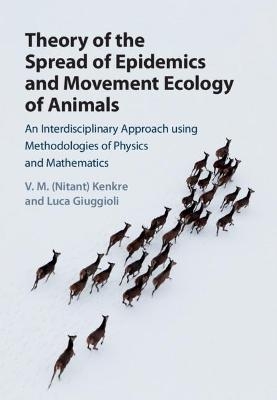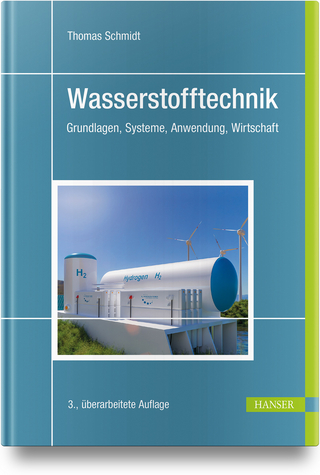
Theory of the Spread of Epidemics and Movement Ecology of Animals
Cambridge University Press (Verlag)
978-1-108-84140-5 (ISBN)
Exploiting powerful techniques from physics and mathematics, this book studies animal movement in ecology, with a focus on epidemic spread. Pulmonary syndrome is not only feared in epidemics of recent times, such as COVID-19, but is also characteristic of epidemics studied earlier such as Hantavirus. The Hantavirus is one of the book's central topics. Correlations between epidemic outbreaks and precipitation events like El Niño are analyzed and spatial reservoirs of infection in off-period of the epidemic, known as refugia, are studied. Predicted traveling waves of infection are successfully compared to field observations. Territoriality in scent-marking animals is presented, with parallels drawn with the theory of melting. The flocking and herding of birds and mammals are described in terms of collective excitations. For scientists interested in movement ecology and epidemic spread, this book provides effective solutions to long-standing problems.
V. M. (Nitant) Kenkre is Distinguished Professor (Emeritus) of Physics at the University of New Mexico. He won the highest faculty recognition of his University, the Annual Research Award, in 2004. He was formerly the Director of the Center for Advanced Studies and the Founding Director of the Consortium of the Americas for Interdisciplinary Science at UNM. He is a Fellow of the American Physical Society and a Fellow of the American Association for Advancement of Science. He has been co-author and co-editor of two books on physics, has published two books on philosophy including one on What is Hinduism and one on poetry titled Tinnitus. Luca Giuggioli is a Senior Lecturer in the department of Engineering Mathematics at the University of Bristol. As a postdoc he joined the department of Ecology and Evolutionary Biology at Princeton and in 2013 he co-founded the journal Movement Ecology of which he has been Co-Editor-in-Chief since. He has delivered special public lectures at the Ramakrishna Mission Vivekananda Educational and Research Institute, Belur, West Bengal, and the Darul Islam mosque in Cape Town on spiritual values of human interactions in science.
1. Theoretical Framework Underlying the Book; 2. μ-space Approach to the Study of Epidemics: Fisher Equation with Internal States; 3. Abrupt Spatial Transitions: Patchiness and Extinction of Infection and Population; 4. Results from Fisher Variants: Patterns from Long-range Competition and Allee Effect in the Spread of Infection; 5. Extraction of Parameters from Observations, Emergence of Home Ranges, and Applicability of the Fisher Equation for Bacteria; 6. Explicit Incorporation of Home Ranges in the Theory of the Spread of Epidemics; 7. Avoidance Interactions and the Emergence of Spatial Segregation; 8. Attractive Interactions and Flocking; 9. Related Investigations along Miscellaneous Directions; 10. Summary and Future Directions; Appendix A: A Technical Appendix; Appendix B: A Historical Appendix.
| Erscheinungsdatum | 20.01.2021 |
|---|---|
| Zusatzinfo | Worked examples or Exercises |
| Verlagsort | Cambridge |
| Sprache | englisch |
| Maße | 175 x 250 mm |
| Gewicht | 730 g |
| Themenwelt | Naturwissenschaften ► Biologie ► Ökologie / Naturschutz |
| Naturwissenschaften ► Biologie ► Zoologie | |
| Naturwissenschaften ► Physik / Astronomie ► Thermodynamik | |
| ISBN-10 | 1-108-84140-6 / 1108841406 |
| ISBN-13 | 978-1-108-84140-5 / 9781108841405 |
| Zustand | Neuware |
| Informationen gemäß Produktsicherheitsverordnung (GPSR) | |
| Haben Sie eine Frage zum Produkt? |
aus dem Bereich


